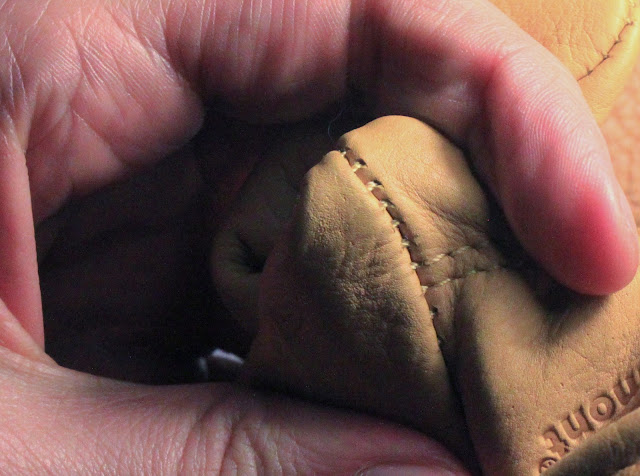
Idle hands, my mother has often assured me, are the devil's playground. I have to assume that she knows from observing someone else, because I've never known hers to be idle, so it cannot be from personal experience.
These are my mother's hands, photographed the day after her surgery for breast cancer.
It was one of the few idle moments she had and the only day she really spent resting... at least by my definition of the word. Before I knew it, she was inviting relatives over and cooking a turkey dinner.
These are not idle hands -- these are fighting hands.
12 years ago I said "I do" to a lovely lady who kindly agreed that she would too. You think a bit of malfunctioning junk like a hot water heater can touch that?
It was a strange learning experience for all of us, I think. There are not many moments in your life that you can point to and say "This is a point where this changed" but this was one of those moments. Mom is an ace at not being idle and has a genuine knack for keeping her son's hands from being idle either...
Pro Tip: Before you volunteer to help someone out after surgery, first find out whether they have a deck that needs to be stained and plan (or at least pack) accordingly.
That week, I discovered that I could help clean and dress wounds without fainting (my condolences to everyone who lost money in the betting pool). Yes, I stained a deck, and I also discovered that radiation suites often don't get decent WiFi. I also awarded an honorary Nobel prize for awesomeness to the innovator that brought us the hotel lobby espresso stand. I also handmade a couple of doublets, which I'll give their own posts.
I am happy to say that my mom did well. I was able to return home just in time for my 12th wedding anniversary. The universe gave us the gift of a broken hot water heater.
We decided that the water heater was officially a piece of modernist sculpture (since art has no function, I couldn't feel bad that it wouldn't heat my water). We mopped the floor, turned off the power and water to the stupid thing and went out to spend the day on the town. We bought each other a bag of books and I gave Kris a lovely cross to wear with this year's renaissance gown.
12 years ago I said "I do" to a lovely lady who kindly agreed that she would too. You think a bit of malfunctioning junk like a hot water heater can touch that?
 Life happens. Sometimes it seems to happen all at once and sometimes it stops happening before we're ready. Hug the people you love. Tell your friends how you feel about them. Because you never know when you will quite suddenly lose the chance to do so.
Life happens. Sometimes it seems to happen all at once and sometimes it stops happening before we're ready. Hug the people you love. Tell your friends how you feel about them. Because you never know when you will quite suddenly lose the chance to do so.
Also, please talk to the women in your life, tell them you care. Ask them when their last exam was. Make the appointment. Go with them if you have to. Give the gift of life and health: encourage yearly mammograms and for all women to have a baseline scan at 35.
Women's health is not a women's issue -- it is a human issue. We seem to be a society that is locked in a perpetual state of forgetting that one person's fight is everyone's fight. We may be two genders, but we are one species. That's what it really means to be a nation. We're supposed to have everyone's back because we know everyone has ours.
E pluribus unum -- from the many, one. I've got your back because I know you've got mine. We're in this together.
How different our world would be if we could just cling to that one simple truth.
-Scott

















.jpg)
.jpg)





